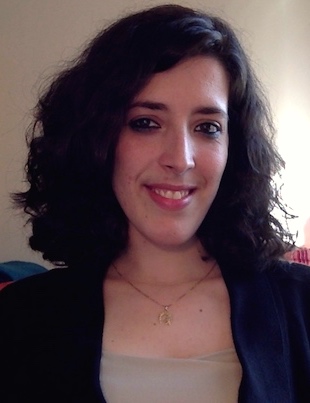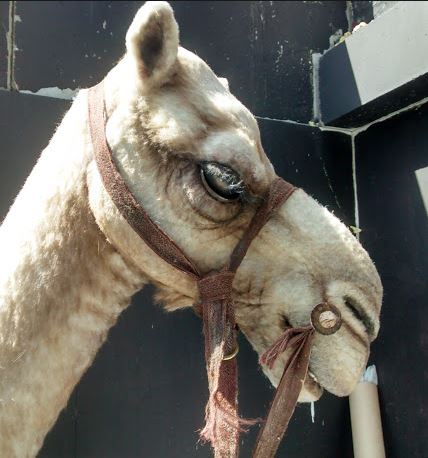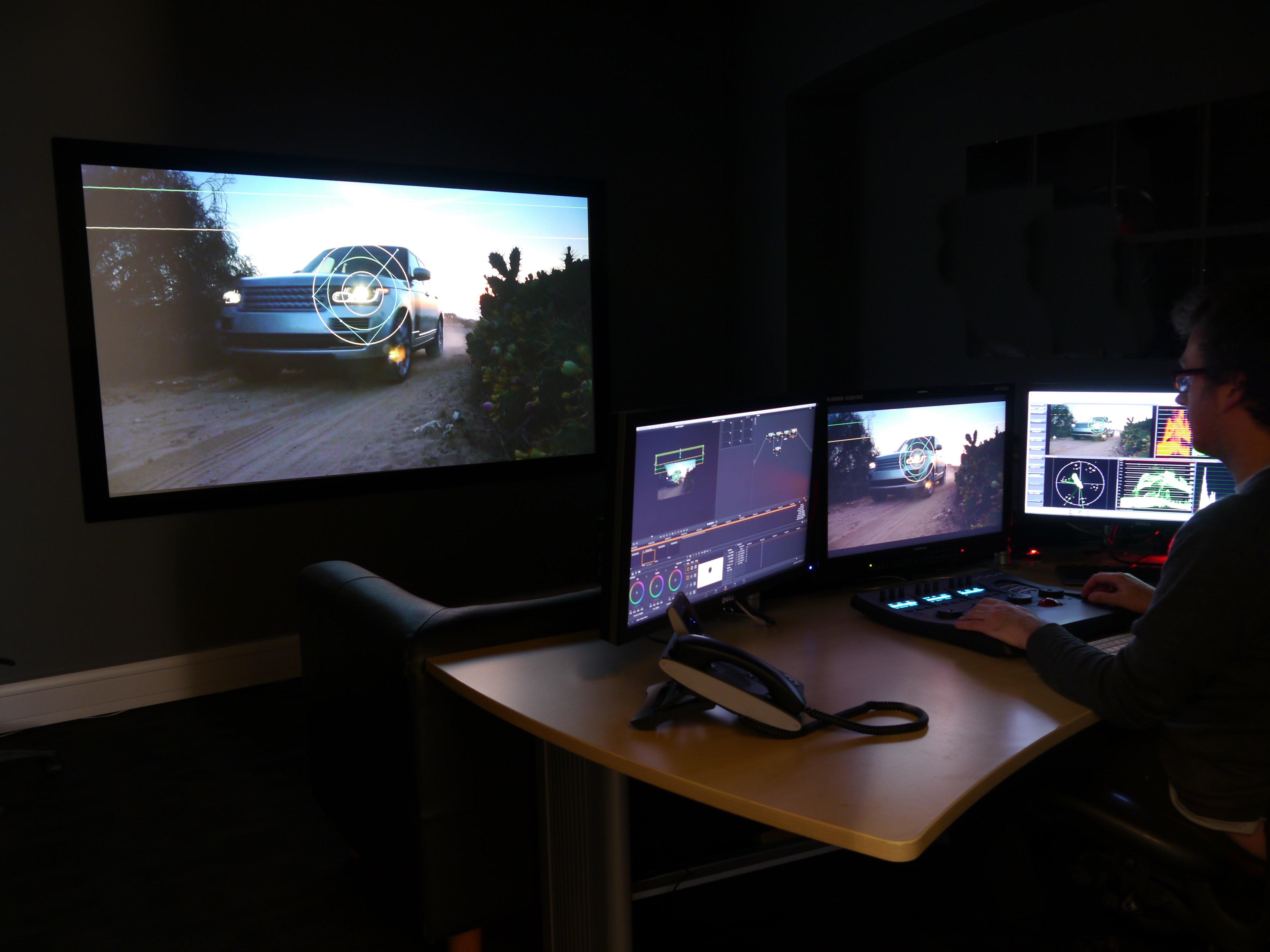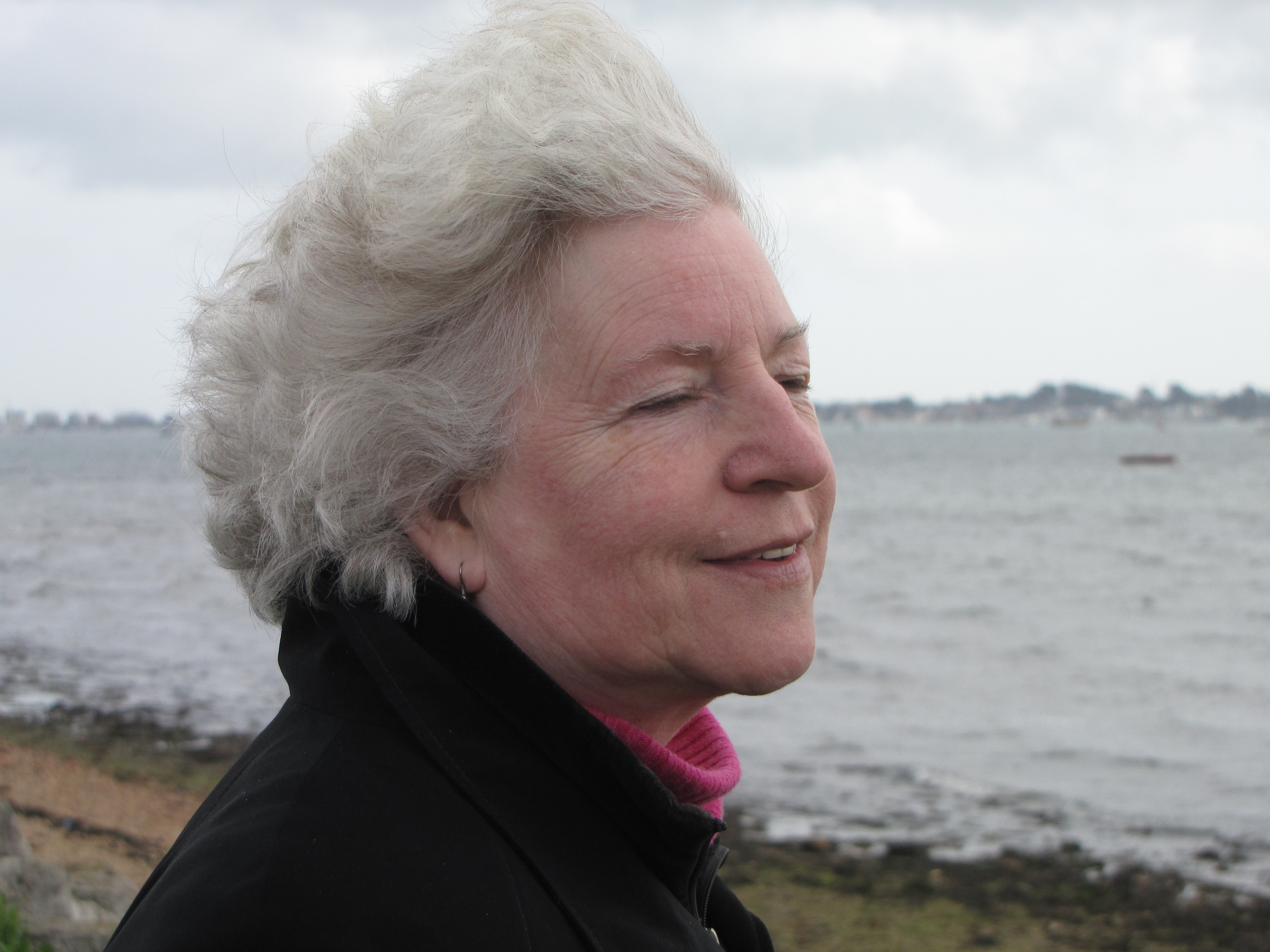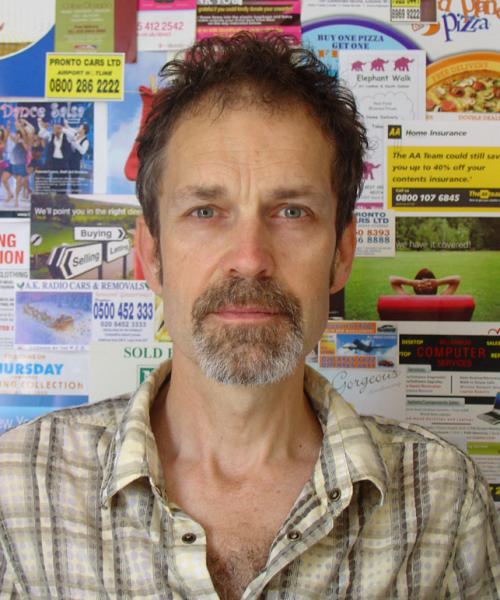ASK & DISCUSS
INDEXBest way of incorporating 4:3 or portrait sized photos in to a 16:9 film?
10 years, 12 months ago - Jinan C
Hello Shooters,
I'm working on a film that will have a sequence using only still images - though most of them are portrait format as opposed to naturally landscape - they are to be used in a standalone sequence in what is a 16:9 film.
I have been told by the agency that have licensed the photos to me, that while I can use pan and zoom, the starting image must be at its original 100% full frame, and then I can zoom and pan.
I must admit that I am only used to the following:
1) Re-scaling square or portrait photos to fit a 16:9 frame - not ideal I know for resolution.
2) Making the film 4:3 so that any still images used are automatically always full frame.
My question is, what is the best way of doing this is I want the film to be 16:9, but I cannot scale in the photos right away.
Should I pillar box the photos and if panning and zooming in on particular details, do so within the pillar boxed frame? i.e. I wouldn't start with pillar boxes and then zoom in to the photo until the entire 16:9 movie frame is filled with the image - it would look ridiculous no?
Is there a better way of doing this? Will even this option above look silly? I mea a 16:9 film and then a sequence of pillar boxed images that also have pan and zoom, albeit subtle?
Any advice would be much appreciated!
Thanks
Only members can post or respond to topics. LOGIN
Not a member of SP? JOIN or FIND OUT MORE
10 years, 11 months ago - Jinan C
Thank you both for your replies.
I should have clarified about the style and nature of the film - I'm thinking along the lines of a Chris Marker style essay film (though short) - think La Jetee and the use of wide screen still images through out. It's so wonderfully cinematic. It's such a shame that the agency has this condition, and I wonder if I might be able to negotiate it at all - while making it clear that the heart of the image would be completely visible to begin with - it's not like I'm using exclusively a bunch of super-zoomed in fragments of their images...
If I did decide to have black pillar boxes in the end (though I like some of the recommendation here), would most of you consider it better to do any pan and zoom within the pillar boxed frame? Or would you pan and zoom, even if it meant the pillar boxes eventually disappeared and the image went full frame?
Thank you!
Of course the other alternative is just to shoot in 4:3 and so all the images will be full frame...
10 years, 11 months ago - Paddy Robinson-Griffin
One thing I've seen on network TV is to have a close up of the photo defocussed as a background layer, so the palette, shapes at all match, but you're not altering the amount of information in the shot.
10 years, 11 months ago - Michael Stirling
Why not break free of the TV box and think of it like an art installation... you could have 100% of the picture not trying to fill as much space as possible but positioned somewhere on your canvas (ie zoom out) , then another picture could come up somewhere else. When you do zoom in for a pan and scan this could either be full screen or within constraints you've previously defined.
10 years, 11 months ago - Yen Rickeard
Paddy's idea is great. making the background strips on either side match the photo in colour, though they may have to be really defocussed so as not to be recognisable, to meet the requirements of the agency.
Another way would be to sample one of the colours at the edge and use that as a uniform colour.
As you have a sequence of these images can you use the framing in a creative way to enhance what the sequence suggests? eg curlesque frameworks, or solid colour slowly changing colour range to suit the emotional flow etc.
Try and think of the pillarbox/frame as an asset to what you want.
The other way you could do it is to use a neutral background and start your image 100% full framw but small and enlarge it to what you want. Would it work to have them all on the background and pick them out 1 by 1 ?
Or start each new image in a corner of the previous one etc etc.
There are so many things you could do that might work for you. Not knowing the context I can't suggest more, but if you would like to get in touch yen@rickeard.org.uk will find me, I'd be happy to help.
10 years, 11 months ago - mark craig
Watch a few programmes and films that are specifically about photographic images, such as McCullin, Dolche Vita Africa, and many others. Sometimes a simple, classy layout works, with black surround. Or if it's a continuous panning sequence perhaps arrange the photos on a complimentary background of contacts sheets, or other ephemera that relates to the subject matter. I personally dislike the technique of repeating the same image in the rest of frame, either blurred or in focus. That to me idraws attention to the fact you're simply filling up the frame without much meaning. 16:9 is fine. Either go for minimal, black b/g with total focus on the image, or create a graphic background that evokes or compliments the subject - similar to a scrapbook kind of feel. Once established you can zoom / pan to whatever framing you like. I did this for 20 continuous minutes once in a short doc called Talk to Me but there are numerous other films / docs that have used creative motion graphic techniques to enhance a photo or sequence of photos...
10 years, 11 months ago - Jinan C
It's a tricky issue to get round! Thanks David - yes perhaps it would be best to zoom in fully. I may have to experiment with some of these ideas in FCP to see what works.
One other question I have that is related to this: what does one do about different sized photos where the terms of use are that there can be no cropping or size matching? Just allow a sequence of images to all be different sizes? I guess this is another reason why people go full screen zoom in.
10 years, 11 months ago - David Perry
I had the same problem on a recent project - one idea which seemed to work quite well was to put the portrait photo in the centre of the 16:3 screen then put copies of the same photo on either side, which I de-saturated to black and white and de-focussed a little to draw attention to the centre image. It seemed to work and the client liked it - might be worth a try. With regard to the zoom, I would start with the pillar boxes and zoom in on the whole screen. Think of it like as a photo mounted on a sheet of card and the viewer is leaning in to get a closer look.

